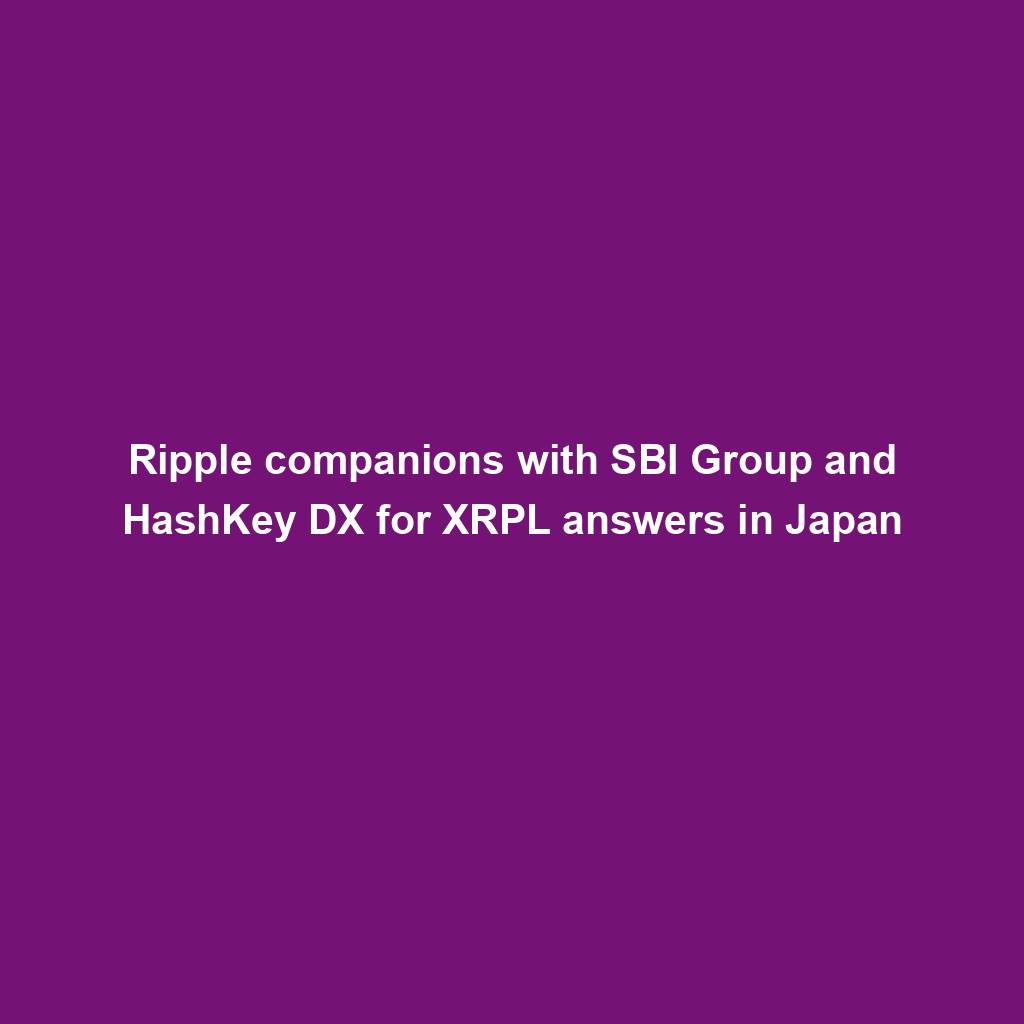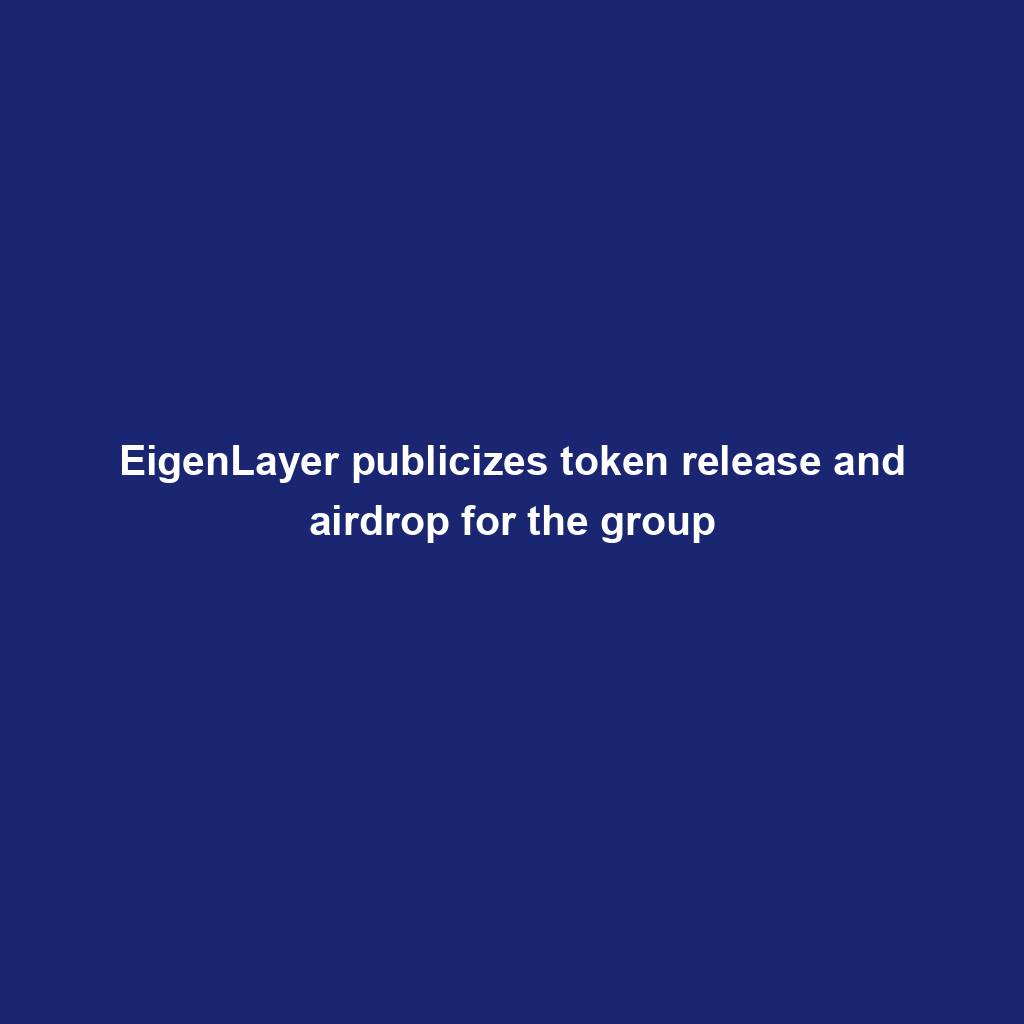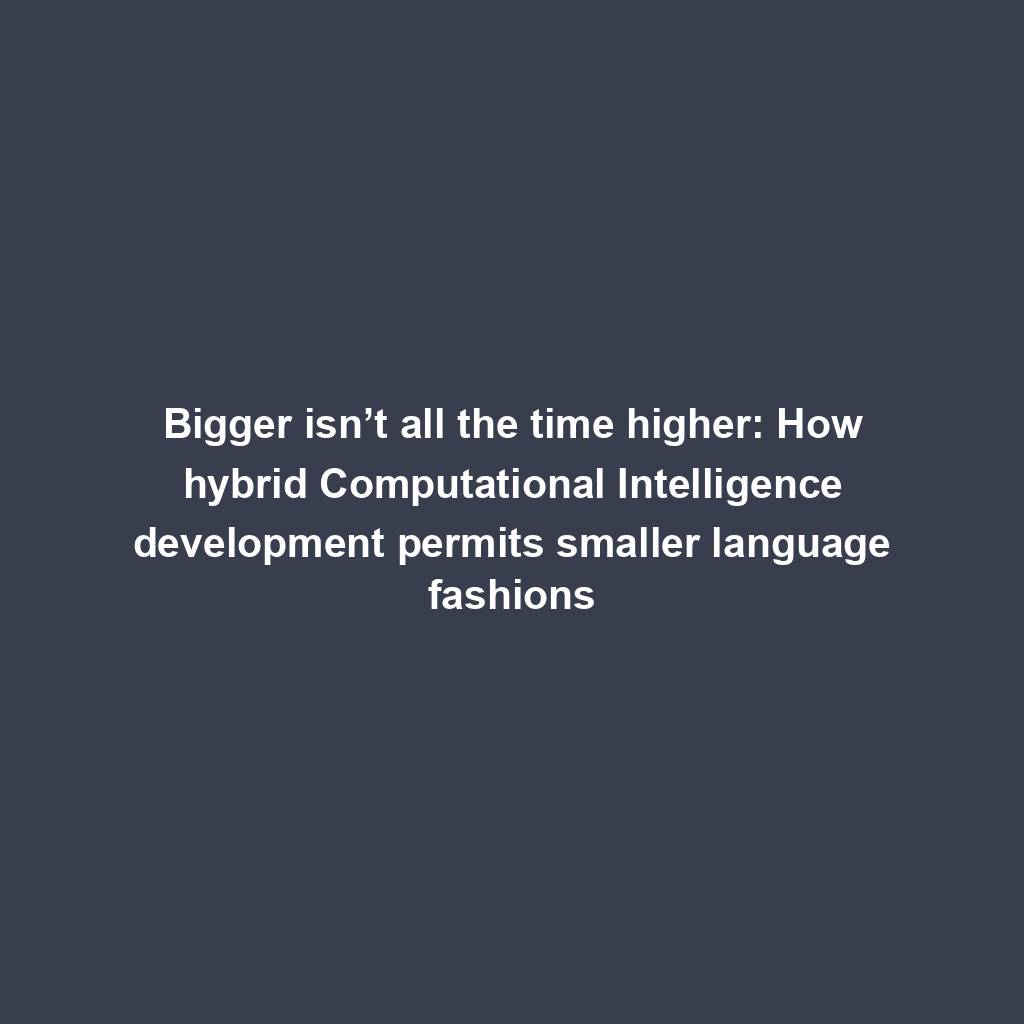
Distributed Ledger Technology (DLT): Demystifying Proof of Work
Welcome to the fascinating world of distributed ledger technology (DLT) and the revolutionary concept of consensus mechanisms. In this article, we will delve into the topic of ‘Demystifying Proof of Work: How Bitcoin Achieves Consensus’ and explore its relevance, impact, and potential applications in various sectors. Whether you’re a tech enthusiast or a novice, this article aims to enlighten and captivate you with the wonders of DLT.
Understanding Consensus Mechanisms: An Historical Perspective
Consensus mechanisms are at the core of DLT, ensuring agreement among participants in a decentralized network. To fully comprehend the significance of ‘Proof of Work’ (PoW), we must understand its historical context and its evolution.
The concept of consensus in distributed networks dates back to the early days of distributed computing in the 1970s. However, it wasn’t until the emergence of Bitcoin in 2009 that consensus mechanisms gained mainstream attention. Bitcoin introduced the world to PoW as a means to achieve consensus and secure transactions.
Since then, researchers and developers have been exploring alternative consensus mechanisms, such as Proof of Stake (PoS), Byzantine Fault Tolerance (BFT), and Delegated Proof of Stake (DPoS), to address the limitations of PoW. Each mechanism presents unique advantages and challenges, paving the way for innovative applications in the DLT landscape.
Breaking Down ‘Proof of Work’: Advantages and Disadvantages
Proof of Work, as used in Bitcoin, involves miners competing to solve complex mathematical puzzles to validate and add new blocks to the blockchain. This process requires significant computational power, time, and energy consumption.
Advantages:
- Security: PoW ensures the immutability and integrity of the blockchain by making it computationally expensive to reverse transactions.
- Decentralization: PoW allows anyone with sufficient resources to participate in the network, preventing concentration of power.
- Incentives: Miners are rewarded for their computational efforts and energy expenditure through the issuance of new Bitcoins.
Disadvantages:
- Energy Consumption: PoW requires substantial computational power, resulting in a significant carbon footprint.
- Scalability: As more participants join the network, the computational requirements increase, leading to potential performance bottlenecks.
- Centralization of Mining Power: Over time, specialized hardware and pools of miners have emerged, challenging the initial vision of decentralization.
Real-World Applications and Implications
The impact of PoW extends beyond Bitcoin, with numerous DLT projects and cryptocurrencies utilizing similar consensus mechanisms. Let’s explore some real-world applications:
Financial Services
PoW-based cryptocurrencies are transforming the financial landscape. They offer secure, decentralized, and censorship-resistant digital currencies that have the potential to revolutionize cross-border payments, remittances, and financial inclusion.
Supply Chain Management
By leveraging DLT and PoW, supply chains can achieve enhanced transparency, traceability, and efficiency. Through an immutable and auditable ledger, stakeholders can ensure the authenticity and integrity of products, reduce fraud, and streamline logistics.
Decentralized Applications (DApps)
PoW serves as a foundation for various decentralized applications, enabling developers to create transparent and trustless applications that run without intermediaries or central authorities. From gaming and social media to prediction markets and voting systems, the possibilities are limitless.
Future Predictions and Ongoing Developments
The world of consensus mechanisms is constantly evolving. As the limitations of PoW become more apparent, researchers and developers are exploring alternatives.
PoS offers a different approach, where participants’ influence in the consensus process is proportional to their stake in the network. This reduces energy consumption and increases scalability. Ethereum, the second-largest cryptocurrency, is transitioning from PoW to PoS with the release of Ethereum 2.0.
BFT algorithms, such as Practical Byzantine Fault Tolerance (PBFT), aim to achieve consensus in distributed networks with potential Byzantine failures. BFT mechanisms provide high-performance and low-latency solutions suitable for environments where trust is essential.
DPoS combines the advantages of PoW and PoS, allowing token holders to elect delegates who validate transactions on behalf of the network. This approach enhances scalability while maintaining decentralization and security. Cryptocurrencies like EOS and TRON utilize DPoS.
Frequently Asked Questions
Q: How does Proof of Work ensure the security of the Bitcoin network?
A: PoW makes it computationally expensive to reverse transactions, providing security against malicious activities.
Q: Does Proof of Work waste a lot of energy?
A: Yes, PoW requires significant computational resources, resulting in high-energy consumption. However, it incentivizes renewable energy adoption and has spurred research into more energy-efficient consensus mechanisms.
Q: Can Proof of Work be used in private or permissioned blockchain networks?
A: Yes, PoW can be implemented in private or permissioned networks, albeit with modifications to address specific requirements and without the need for energy-intensive mining.
Q: What is the difference between PoW and PoS?
A: PoW relies on computational work and electricity expenditure, while PoS utilizes participants’ stake in the network to validate transactions and secure the network.
Q: How long will Proof of Work remain the dominant consensus mechanism?
A: The landscape of consensus mechanisms is dynamic. While PoW still dominates, ongoing research and development may bring forth newer and more efficient alternatives.
Explore the fascinating realm of DLT and consensus mechanisms to gain a deeper understanding of its potential and impact in various sectors. Share your thoughts and experiences in the comments below. Let’s embark on this transformative journey together!
More in this category ...
Ripple companions with SBI Group and HashKey DX for XRPL answers in Japan

April sees $25M in exploits and scams, marking historic low ― Certik

MSTR, COIN, RIOT and different crypto shares down as Bitcoin dips

EigenLayer publicizes token release and airdrop for the group

VeloxCon 2024: Innovation in knowledge control

Successful Beta Service release of SOMESING, ‘My Hand-Carry Studio Karaoke App’

Dogwifhat (WIF) large pump on Bybit after record reasons marketplace frenzy

How fintech innovation is riding virtual transformation for communities around the globe

Wasabi Wallet developer bars U.S. customers amidst regulatory considerations

Analyst Foresees Peak In Late 2025

Solo Bitcoin miner wins the three.125 BTC lottery, fixing legitimate block

Ace Exchange Suspects Should Get 20-Year Prison Sentences: Prosecutors

Google Cloud's Web3 portal release sparks debate in crypto trade

Bitcoin Primed For $77,000 Surge

Bitbot’s twelfth presale level nears its finish after elevating $2.87 million

PANDA and MEW bullish momentum cool off: traders shift to new altcoin

Commerce technique: Ecommerce is useless, lengthy are living ecommerce

Republic First Bank closed by way of US regulators — crypto neighborhood reacts

China’s former CBDC leader is beneath executive investigation

Bigger isn’t all the time higher: How hybrid Computational Intelligence development permits smaller language fashions

Pantera Capital buys extra Solana (SOL) from FTX

Successful Beta Service release of SOMESING, ‘My Hand-Carry Studio Karaoke App’

SEC sues Bitcoin miner Geosyn Mining for fraud; Bitbot presale nears $3M

Business procedure reengineering (BPR) examples

85% Of Altcoins In “Opportunity Zone,” Santiment Reveals

Sam Altman’s Worldcoin eyeing PayPal and OpenAI partnerships

Artificial Intelligence transforms the IT strengthen enjoy

Franklin Templeton tokenizes $380M fund on Polygon and Stellar for P2P transfers

Meta’s letting Xbox, Lenovo, and Asus construct new Quest metaverse {hardware}

Shiba Inu (SHIB) unveils bold Shibarium plans as Kangamoon steals the display
